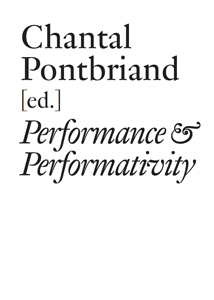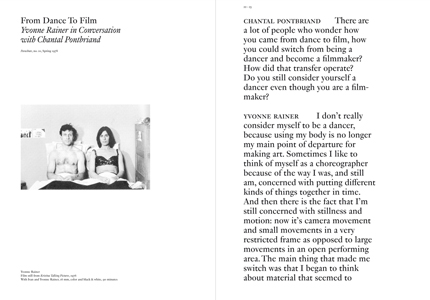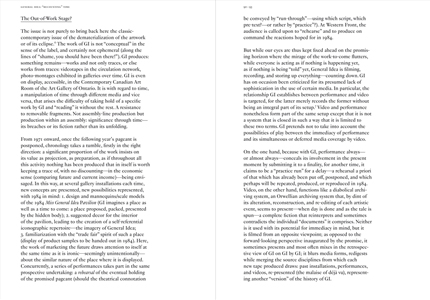In 1975, a small group of enterprising, discontented members of the international art community in the Canadian province of Quebec posed the following question: "What do we know of contemporary art outside of Quebec, in Canada or abroad? Do we even know what contemporary art exists in Montreal? How does information about art circulate?" By way of an answer, the artistically unconventional and theoretically cutting-edge magazine "Parachute" was launched, founded by
Chantal Pontbriand and France Morin.
Artists such as
Jeff Wall,
Bill Viola,
Stan Douglas, Eija-Liisa Ahtila, and many others, had the first significant critical reception of their work in "Parachute." Similarly, figures such as Douglas Crimp,
Thomas Crow,
Thierry de Duve,
Georges Didi-Huberman, Hal Foster, Reesa Greenberg, Serge Guilbaut, and
Laura Mulvey, all of whom have helped define the parameters of art history, theory, and practice, published rigorous, highly pertinent essays in the journal early on in their careers.
This volume brings together seminal
texts written over the first 25 years of the magazine. Focused on emerging art practices since its inception,
Parachute sought to develop new critical language that could deal with performance. If the early texts refer to the concept of performativity in kinship with the philosophy of
language of J.L. Austin and a trans-medium approach, others address questions of genre,
feminist and
cultural studies,
globalization, and
institutional critique. The essays discuss works by artists such as
Yvonne Rainer, Krzysztof Wodiczko,
Kendell Geers,
General Idea, and Matthew Barney.






